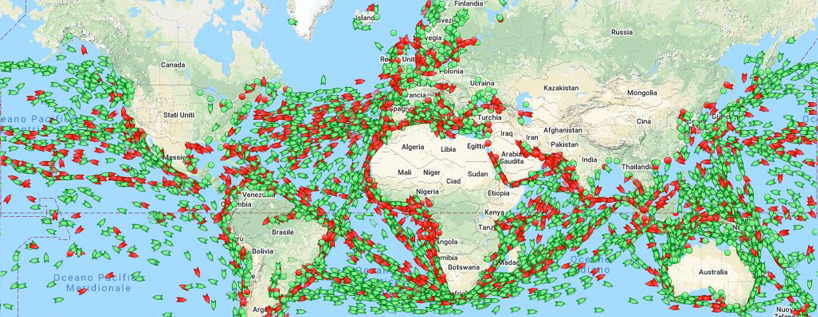

Unfortunately, such an ideal situation can never exist.
The UNCTAD Model (United Nation Conference on Trade and Development) has been developed in 1985 by United Nations to plan harbor facilities worldwide and has been updated, in the following years, to simulate the dynamic of complex marine terminal in function of the service time of the various ships and of the occupancy factor of the berths, to determine the average waiting time in the queue.
The model has been calibrated by ATEC on the basis of the practical experience since the ‘90s on the major Mediterranean Oil ports.
To assist the Client in choosing terminal capacity, UNCTAD model provides planning charts, which bring into play all the important practical factors.
They include a sufficiently accurate relationship between waiting time and berth occupancy, to enable the Client to find the optimum economic capacity, needed to meet a given traffic demand.
The relationships are based on a distribution of arrival and service times, which corresponds most closely to a typical Oil tanker condition.
These important factors are:
To better understand the behaviour of traffic to and from a berth, the traffic has to be analysed with the queue theory where the important factors are:
ATEC uses the GPSS programme (General Purpose Simulation System) that is recommended by UNCTAD as an adequate simulation methodology for the queuing theory of a berth.
General Purpose Simulation System (GPSS) is a discrete time simulation general-purpose programming language, where a simulation clock advances in discrete steps. A system is modelled as transactions enter the system and are passed from one service (represented by blocs) to another.
The traffic is simulated with entities moving through the model.
These entities, called Transactions, are envisioned as moving from Block to Block, where a Block is a line of code and represents unit actions that affects the Transaction itself or other entities.